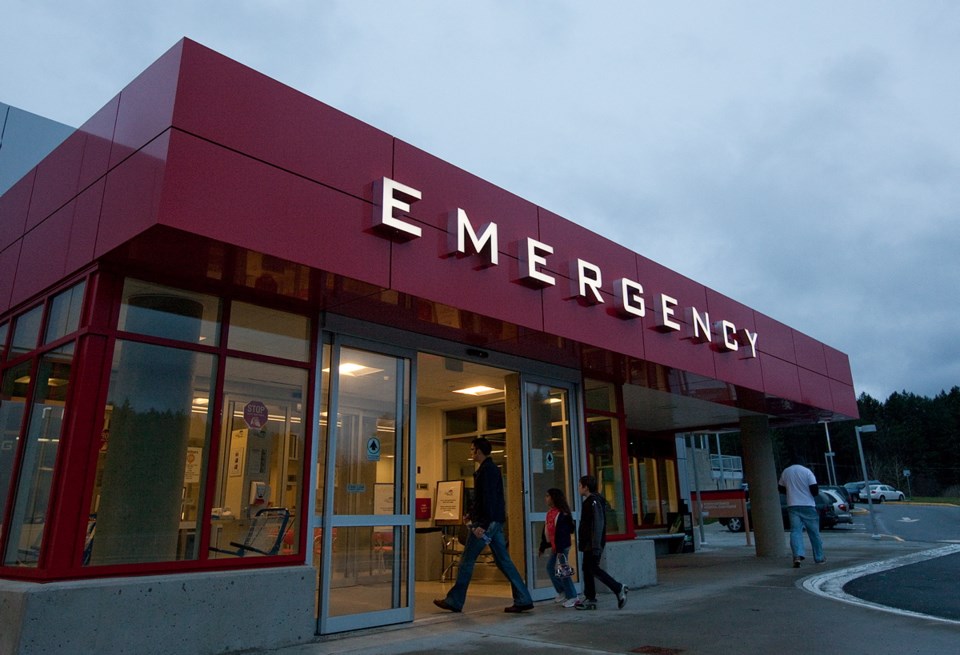Had an alleged terror plot succeeded in maiming or killing people crowded around the B.C. legislature on Canada Day, the health authority says it would have been able to deal with the carnage.
“We have the health resources we need in terms of doctors and nurses and the actual physical space to handle hundreds of casualties,” said Vancouver Island Health Authority spokeswoman Sarah Plank.
A plot to explode three pressure-cookers filled with rusty nails amid tens of thousands of families was thwarted by police but the revelation has left a lingering question: What if?
The three bombs allegedly planted by former Victoria resident John Stewart Nuttall, 38, and partner Amanda Marie Korody, 30, were nearly identical to the devices used at the Boston Marathon in April, experts say. In that incident, two of the explosive devices killed three people and injured more than 260.
The health authority says it is prepared for all “Code Orange” situations — acts of terrorism, earthquakes, pandemics, mass food poisoning or crashes resulting in numerous casualties.
Suzanne Fox, VIHA’s director of emergency services and trauma care, heard about the plot on Tuesday.
“I actually felt like we would be prepared,” Fox said. “We have done a lot of work this last year and I really feel like we would be prepared for something like this.”
All three major hospitals on Vancouver Island — Victoria General, Royal Jubilee, and Nanaimo Regional General — could be involved, with Saanich Peninsula Hospital acting as a site for less severe cases.
Victoria General has two trauma rooms that could take six to eight trauma victims, while Royal Jubilee has one trauma room with a capacity for up to four. In addition, other spaces could be converted to trauma rooms, Fox said.
Once a Code Orange is declared, all hospital emergency rooms are put on alert and an emergency operations centre is established.
As well, a phone fan-out list from top managers down would be triggered and, depending on the magnitude, the province could pull in other agencies and even request help from the military.
“We have access to hundreds of staff and physicians to draw on,” Fox said. “And we know from past experience they rise beyond the call of duty. That’s why they’re in health. Despite whatever might be going on, every person that has an ability to be a resource in a disaster would be. I have the utmost faith in that.”
In a situation where patients needed to be transferred to Nanaimo or Lower Mainland hospitals, air ambulances would likely be used.
Code Orange drills are held annually, Fox said. Saanich Peninsula was part of such an exercise at the airport last year and there is another drill planned for Victoria General in the fall.
In 2011, as a Winter Games legacy, the provincial government unveiled a mobile mini-hospital to serve anywhere in B.C. that disaster strikes.
The so-called hospital on wheels is able to replace emergency room service capacity and it is self-sustaining for up to three days with its own power, oxygen and waste systems. The Provincial Health Services Authority maintains the unit. Its home base is in the Lower Mainland, Fox said.



